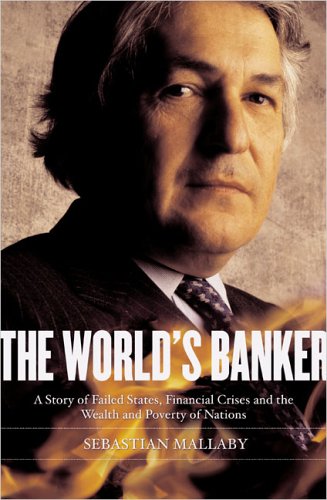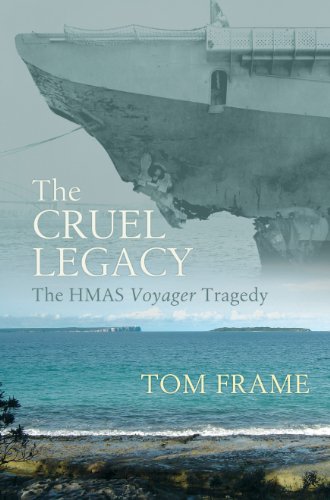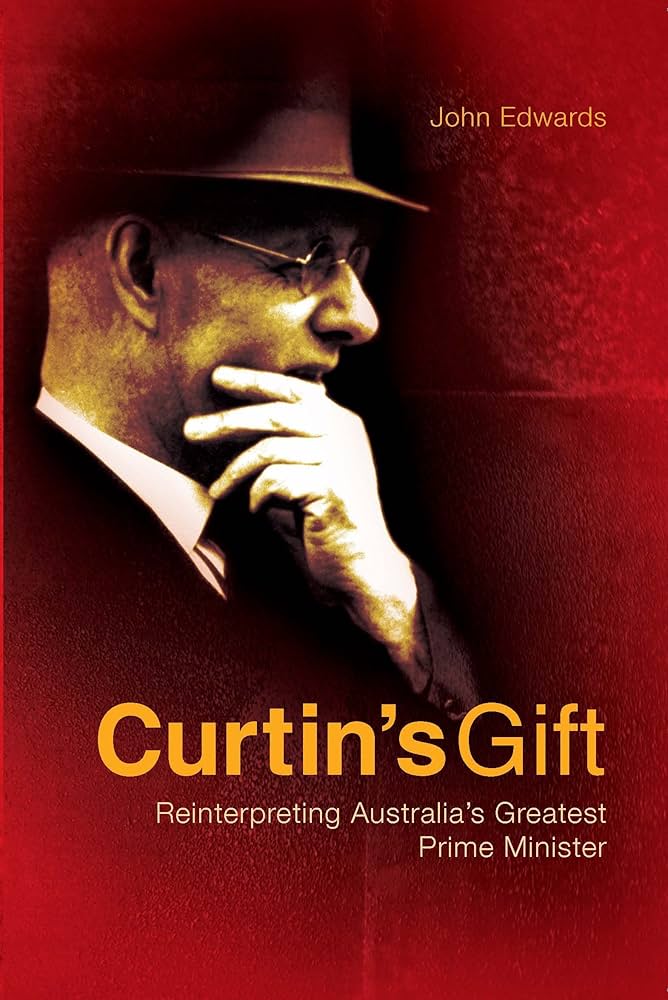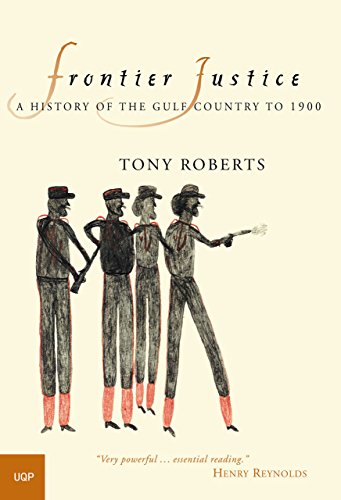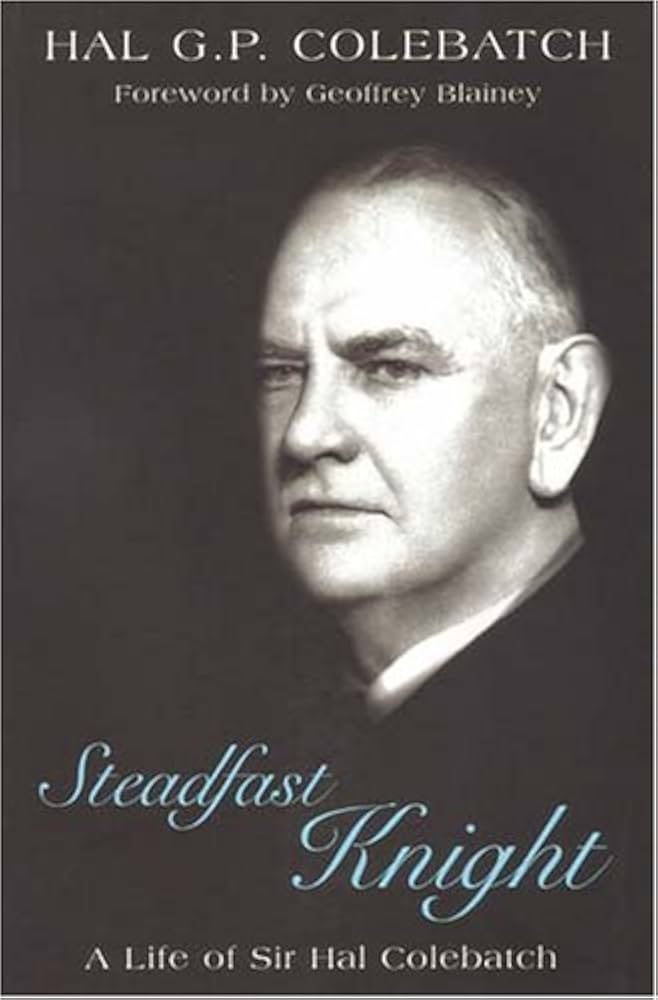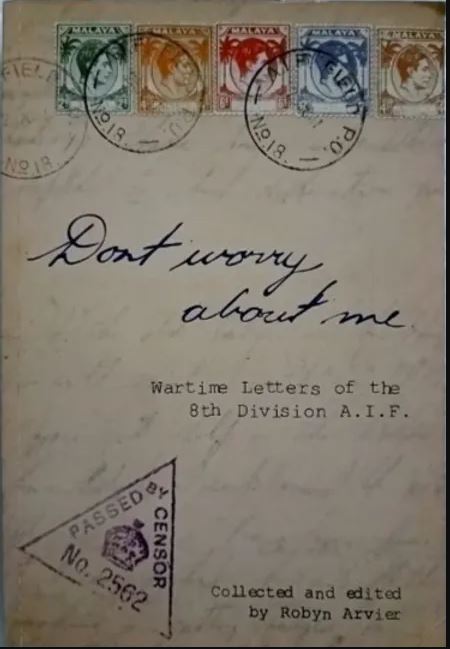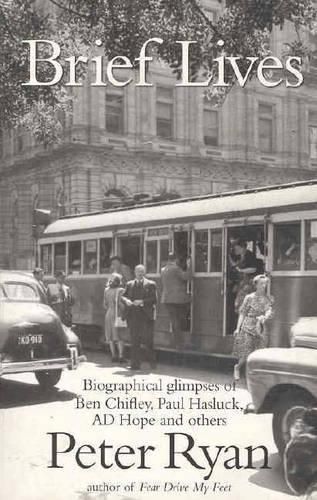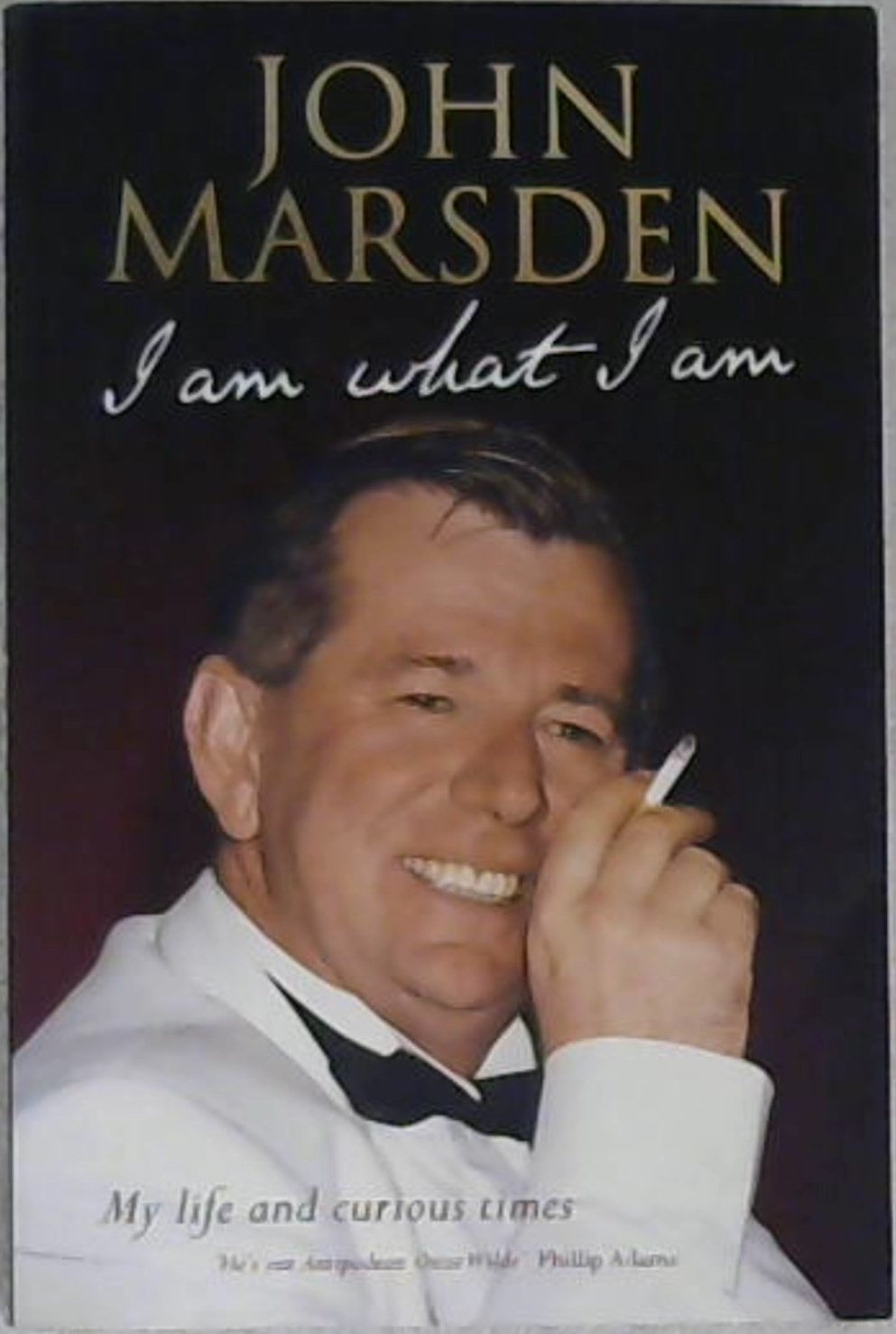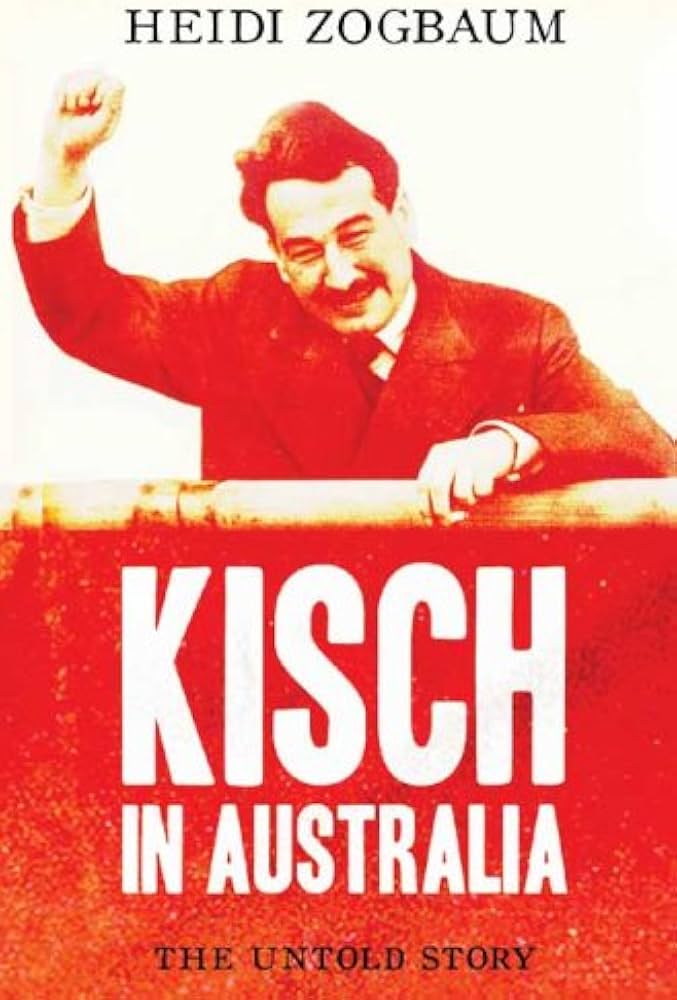Australian History
The World's Banker: A story of failed states, financial crises and the wealth and poverty of nations by Sebastian Mallaby
Each day I commute with Melbourne’s wage slaves on a privatised transport system that is invariably overcrowded due to cancelled or delayed trains. Dark thoughts whirl as I read Sebastian Mallaby’s The World’s Banker, a tale of ambition multiplied by ambition. In recent weeks, I have edited countless business stories, many of them half-year reports boasting profits of tens or even hundreds of millions of dollars, some increased by more than 100 per cent. Meanwhile, in the Third World, the raison d’être of the World Bank, children die for the want of mosquito nets worth two dollars. So what has James Wolfensohn achieved at the World Bank, and what has the World Bank achieved? According to Mallaby, there has been a real decline in world poverty. But one of the greatest achievements is the housing, feeding and clothing of thousands of the world’s neediest economists.
... (read more)When I first heard that Tom Frame’s latest book was about the Voyager disaster, I wondered if the author had come down with amnesia, for he had already published a book on this subject thirteen years ago. However, if the federal government required two royal commissions to come to a conclusion about this naval accident, it is surely appropriate that Frame, having written Where Fate Calls: The HMAS Voyager Tragedy, should write a second book – The Cruel Legacy: The HMAS Voyager Tragedy – to revisit and reconsider this complex and controversial event.
... (read more)Curtain's Gift: Reinterpreting Australia's greatest prime minister by John Edwards
John Curtin was recently voted Australia’s best prime minister by a panel of nine scholars of political leadership (The Age, 18 December 2004). He narrowly won over Robert Menzies (by one vote), but easily beat the likes of Bob Hawke, Ben Chifley and John Howard – in that order. Given that Curtin was prime minister for less than four years, while Menzies ruled for eighteen years, and given that most of Curtin’s policies were tough austerity measures of wartime preparation, his enduring reputation as Australia’s best prime minister is surely remarkable. Then along comes economist and former Keating adviser John Edwards, who says that Curtin’s deification has been pronounced for all the wrong reasons.
... (read more)Frontier Justice: A History of the Gulf Country to 1900 by Tony Roberts
The country south-west of the Gulf of Carpentaria, where wild rivers tumble from stony ramparts through coastal scrub plain to the sea, was one of the last places in Australia where settlement was attempted; more integrated with Asia to the north – thanks partly to the sojourning Macassans – than Melbourne or Sydney to the south, let alone London; a world where Aboriginal society was strong enough to resist dispossession, surviving, despite everything, to this day. It has also been something of a last frontier for historians.
... (read more)Steadfast Knight: A life of Sir Hal Colebatch by Hal G. P. Colebatch
‘If goods cannot cross frontiers, armies will.’ This prescient remark was made by the Western Australian politician Sir Hal Colebatch, well before the German and Japanese armies started their march in 1936. In a federation not lacking in strong state politicians – Thomas Playford, Henry Bolte, Don Dunstan, Joh Bjelke-Petersen, Charles Court and Jeff Kennett come to mind for the twentieth century – Colebatch (1872–1953) stands out by virtue of his interests and priorities. He is a reminder (and the eastern states often need reminding) that Western Australia has been from the start, and remains to some degree, another country.
... (read more)Don't Worry About Me edited by Robyn Arvier & Hellfire by Cameron Forbes
Australian folk memory of the Pacific War centres on specific events – the sinking of the Repulse and the Prince of Wales, the fall of Singapore, the bombing of Darwin – events overlaid by semi-mythical visions of an insomniac prime minister and his cable wars with Winston Churchill, and of epics of soldierly endurance on the Kokoda Trail. The horrors of the Thailand–Burma railway belong, in a sense, to the immediate postwar period, when the stories of liberated survivors penetrated the national consciousness. The horrifying images of emaciated men with gaunt faces and prominent ribs brand that generation and, to some extent, their children. In the diaries of Weary Dunlop and in Rohan Rivett’s Behind Bamboo (1946), the immediate postwar Australia was given a vivid picture of Japanese cruelty and Australian suffering.
... (read more)The combatants in the so-called ‘History Wars’ have been denouncing each other for about a decade. The main issue is the handling of black–white relations in histories of Australia. There are tangential disputes about the policies of the National Museum and the worth of the historian Manning Clark and his writings, but these are not germane to this article. On the left, television historians, journalists and politicians are concerned to levy blame for terrible acts of European greed and brutality and to bestow praise for acts of Aboriginal resistance; while rightists emphasise the white settlers’ and authorities’ normally good intentions and the small amount of blood shed by comparison with the histories of North and South America, and of Africa. The leading protagonists in both camps have generally been formed by Marxism and retain that absolutist faith that nothing happens by accident, thereby permitting simple assignments of good and evil.
... (read more)In a long and interesting life, Peter Ryan has been especially fortunate in getting to know quite a few influential Australians and some little-known but unforgettable characters. Brief Lives offers pen portraits of fifteen of them, all but one of them male. The solitary female, Ida Leeson, had the distinction of being the ‘presiding genius of the world-famous Mitchell Library’, held the rank of army major in World War II, and was perhaps regarded as an honorary male in the Directorate of Research and Civil Affairs (DORCA), a rather peculiar army unit where Ryan met her in 1944.
... (read more)I Am What I Am: My life and curious times by John Marsden
If the world is divided between those who celebrate their birthday in a flamboyant manner and those who don’t, then John Marsden unquestionably belongs in the first camp. At least, he did before his much-publicised fall from public grace. Marsden begins his autobiography with a detailed account of his fiftieth birthday. A full year earlier, he began mailing monthly teaser invitations to his guests. The first read, in capitals: ‘An important invitation. You have been invited to one of the most important events of 1992.’ Each month, more information dribbled out, until the day itself, when a ‘rich smattering of state cabinet ministers; Liberal, Labor and Democrat politicians; lawyers, judges, civic leaders and business heavyweights all made the sunset pilgrimage to a hillside on the edge of town along a darkened stretch of the road.’ The reader gets the message: this birthday boy was one hell of a mover and shaker, a player, a friend of the rich and powerful, and, as the Grange Hermitage flowed freely, one damn fine host; a man at the height of his powers.
... (read more)Kisch in Australia: The untold story by Heidi Zogbaum
An unfamiliar character from a strange land is barred from setting foot on mainland Australia. Desperate to land, he leaps from ship to shore, breaking his right leg in the process. A conservative attorney-general desperate to protect our borders, pursues this man, now on crutches, through the courts. The charismatic stranger wins his court case and holds the government up to ridicule. Shadowed unrelentingly by Canberra’s spooks, he urges Australians to look past their government’s pronouncements and discover for themselves the real dangers to world peace. Whilst history, even in Marx’s cycles of tragedy and farce, never neatly repeats itself, these duels between Egon Kisch, Czech communist, and Robert Menzies, Anglophile attorney-general, do have contemporary import. No doubt this explains why Kisch’s adventures in 1930s Australia have been told several times through film, theatre and books. In this new and enjoyable recasting of the drama, Heidi Zogbaum reminds us of the bare bones of Kisch’s Australian sojourn, focusing for the most part on his successful courtroom battles and European background. These are interspersed with detailed summaries from spies such as ‘Snuffbox’, charged with dredging up the evidence on Kisch’s European activities that led to his eventual deportation.
... (read more)

